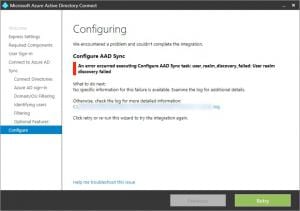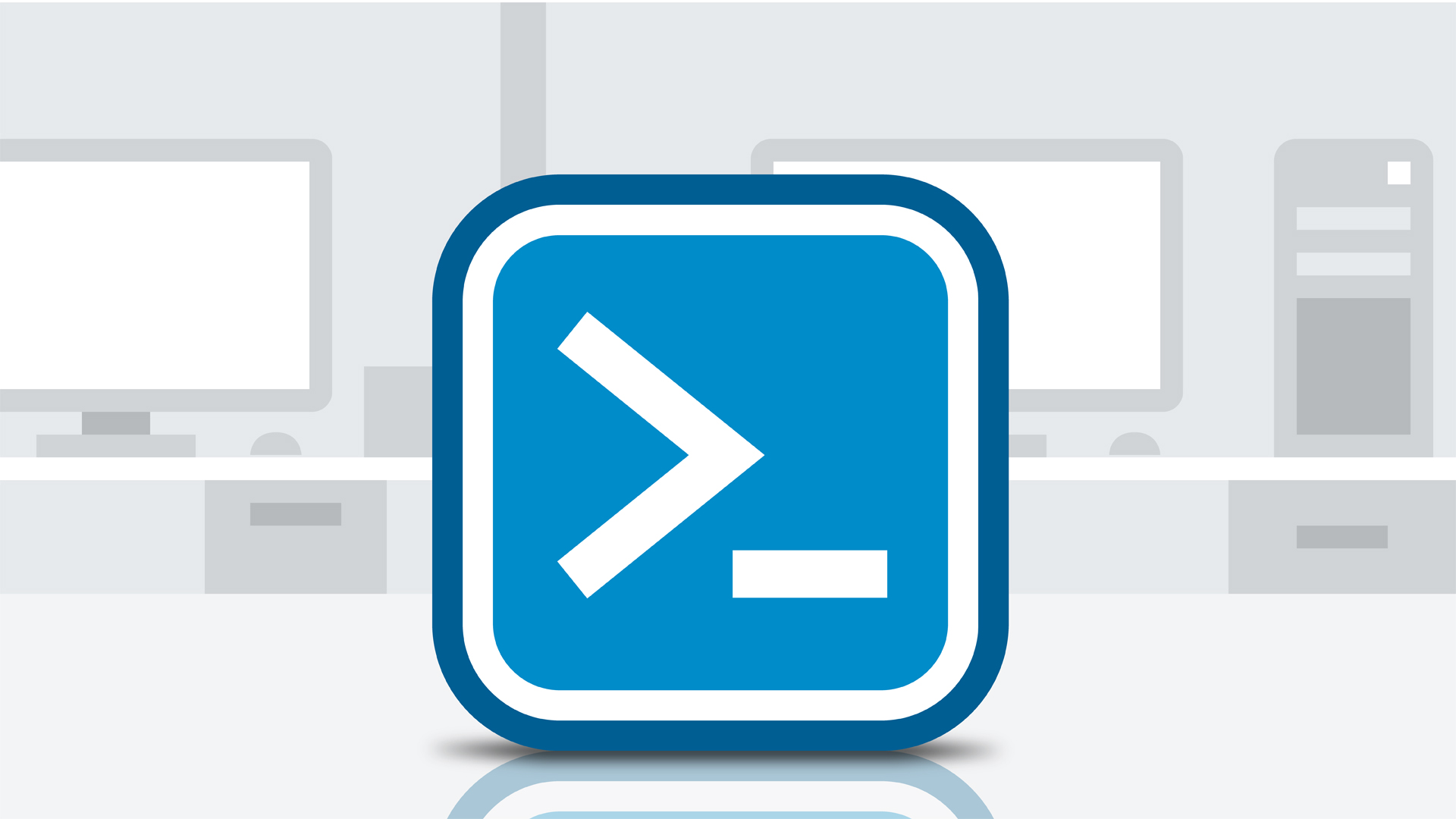How to assign and remove user Office365 licenses using the AzureADPreview Powershell Module
A couple of months ago the AzureADPreview module was released. The first cmdlet that I experimented with was Set-AzureADUserLicense. And it didn’t work, there was no working examples and I gave up and used GraphAPI instead.
Since then the AzureADPreview has gone through a number of revisions and I’ve been messing around a little with each update. The Set-AzureADUserLicense cmdlet has been my litmus test. Now that I have both removing and assigning Office 365 licenses working I’ll save others the pain of working it out and give a couple of working examples.… [Keep reading] “How to assign and remove user Office365 licenses using the AzureADPreview Powershell Module”


